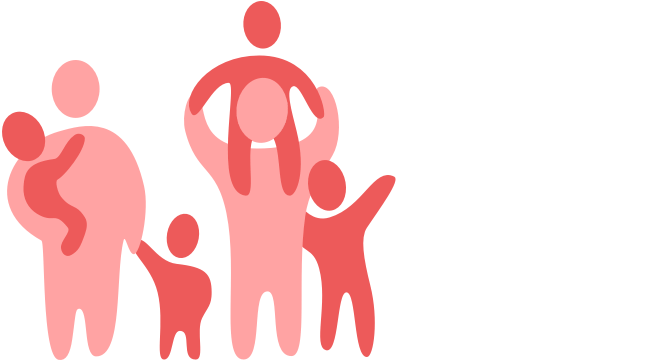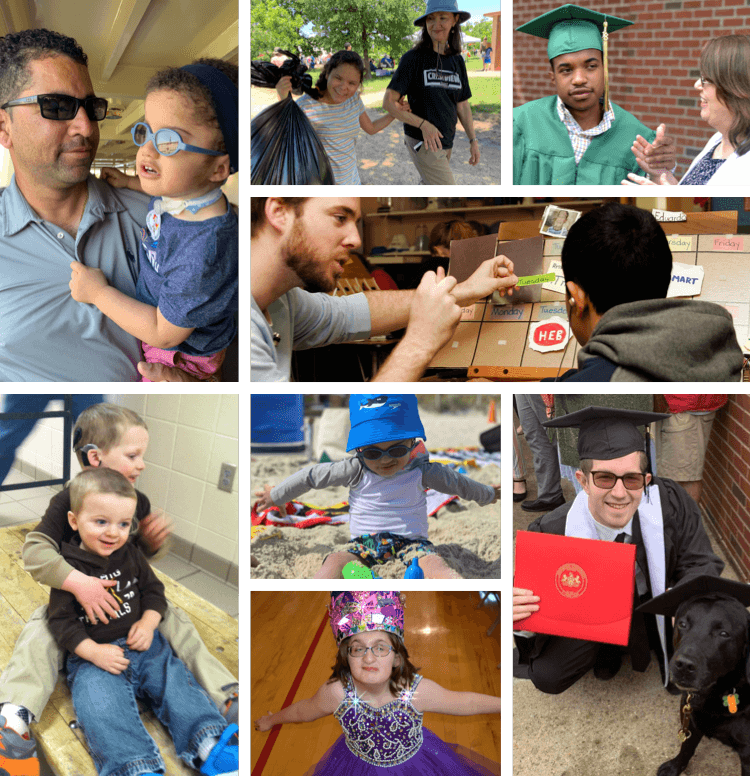Improving services, results, and quality of life for children and youth who are deafblind
Do You Know a Child or Youth with Both Vision and Hearing Loss?
If you are a family member, teacher, or other individual involved in the life of a child with both vision and hearing loss, please contact your state deafblind project for information and assistance.
Learn more about deafblindness
NCDB is part of a network of projects for children and youth who are deafblind (birth through 21) that includes state deafblind projects in every state, as well as Puerto Rico, the District of Columbia, the Pacific Basin, and the Virgin Islands. We are funded by the U.S. Department of Education.
Our primary mission is to support state deafblind projects as they assist educators, agencies, and organizations to acquire the knowledge and skills needed to help children who are deafblind learn, access the general education curriculum, and successfully transition to adult life.
If you have questions about this site or need assistance finding something, send a message to support@nationaldb.org.
What you'll find on our website

Deafblind Information
An overview of deafblindness, resources on educational practices in children and youth who are deafblind, and National Child Count information.

Family Resources
Contact details for key organizations and services, family learning opportunities, and materials on topics relevant to families, posted monthly.

State Project Resources
Information about NCDB support for state deafblind projects and tools and resources for projects to use in their technical assistance.
News & Events
Recent News
Upcoming Events
NCDB Webinars
Use of "Deafblind" Versus "Deaf-Blind"
On October 1, 2023, NCDB changed its name from the National Center on Deaf-Blindness to the National Center on Deafblindness. The use of the term deafblind, without a hyphen, is accepted usage in both the United States and Europe. It emphasizes that being deafblind is a unique condition and not simply the addition of deafness and blindness.
You’ll notice the change in our logo, on many of our website pages, and on new or updated products. You may still see the terms “deaf-blind” and “deaf-blindness” used in NCDB products and resources that were created in the past, which reflect the terminology used at the time they were published.

